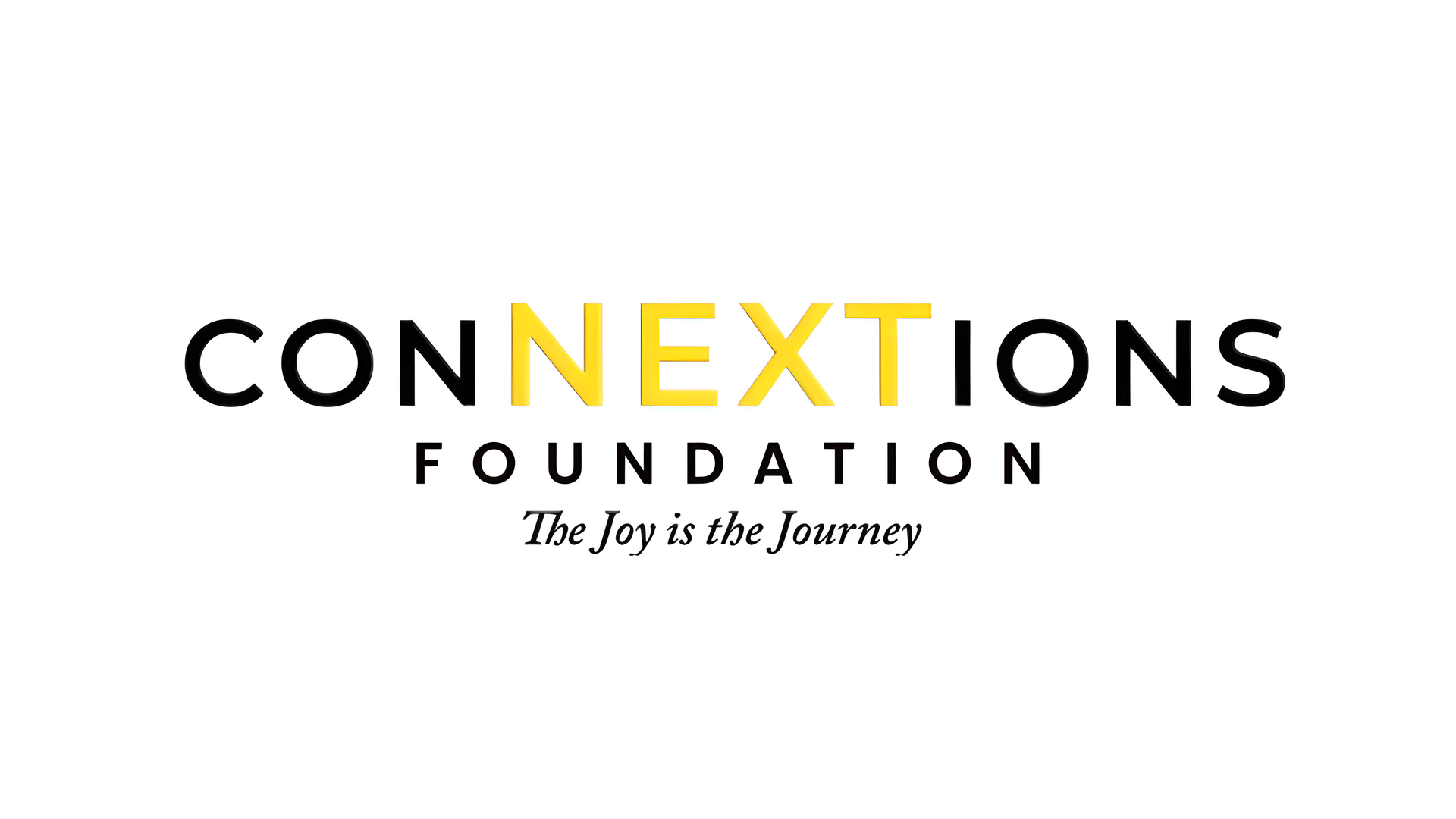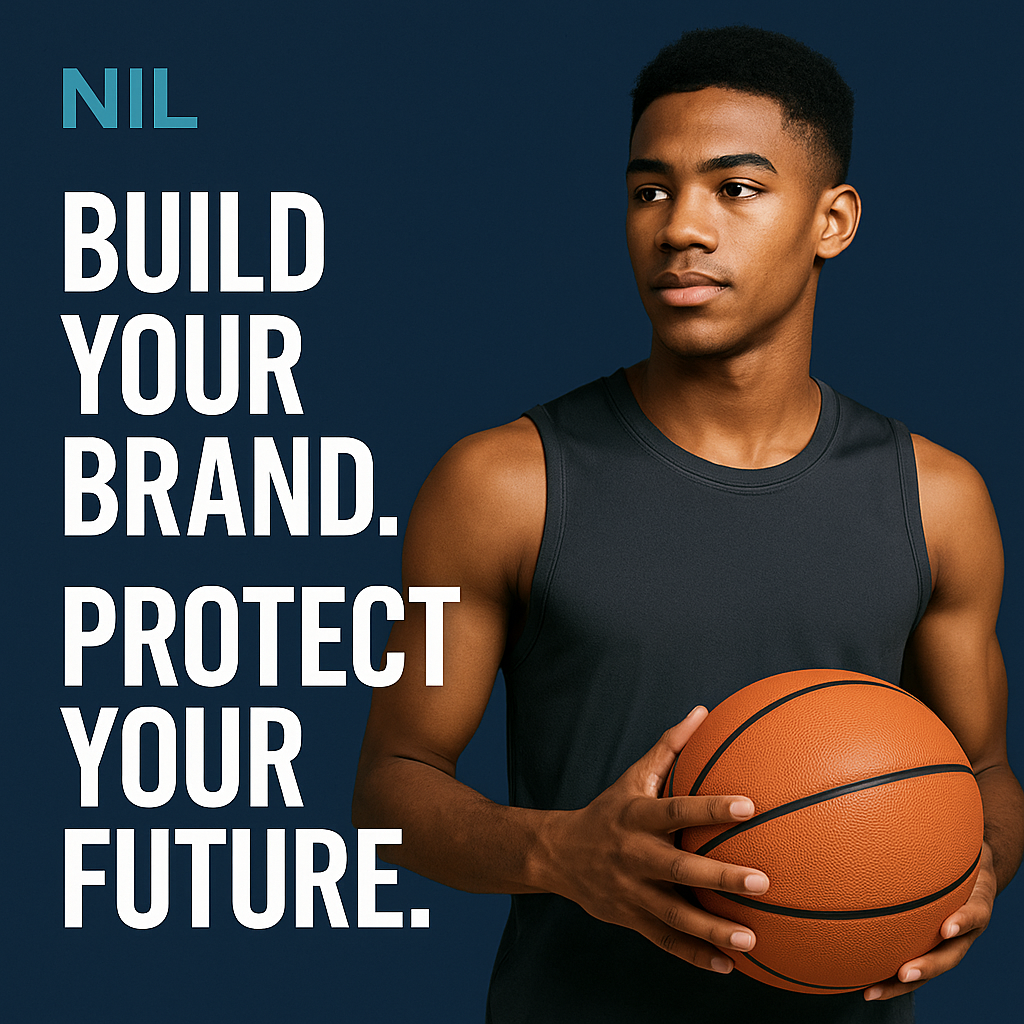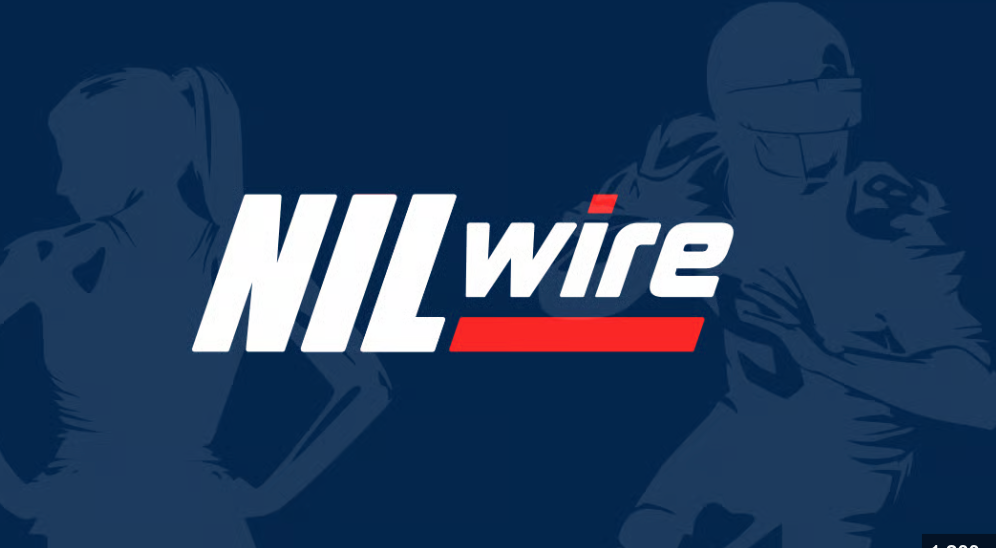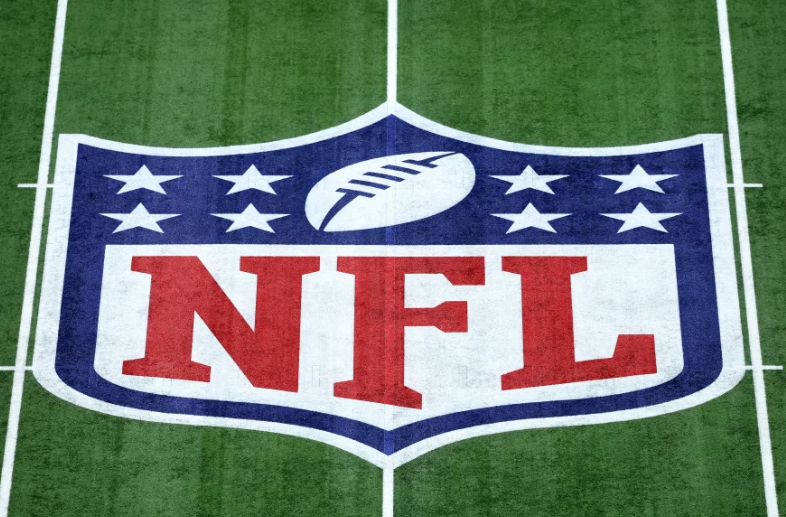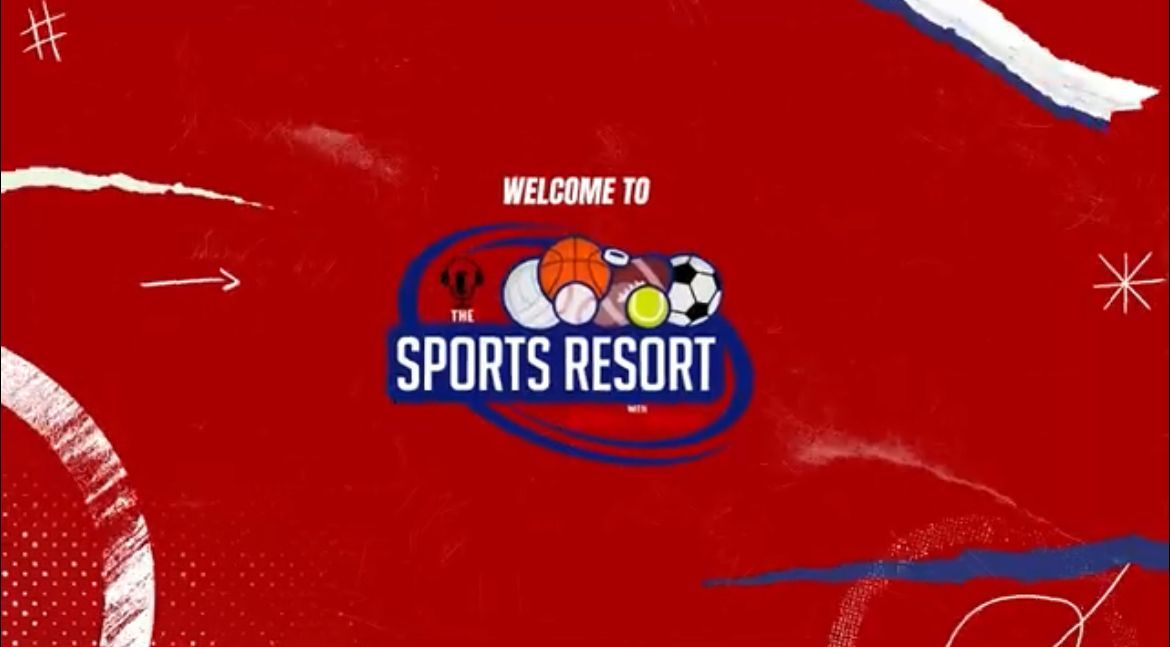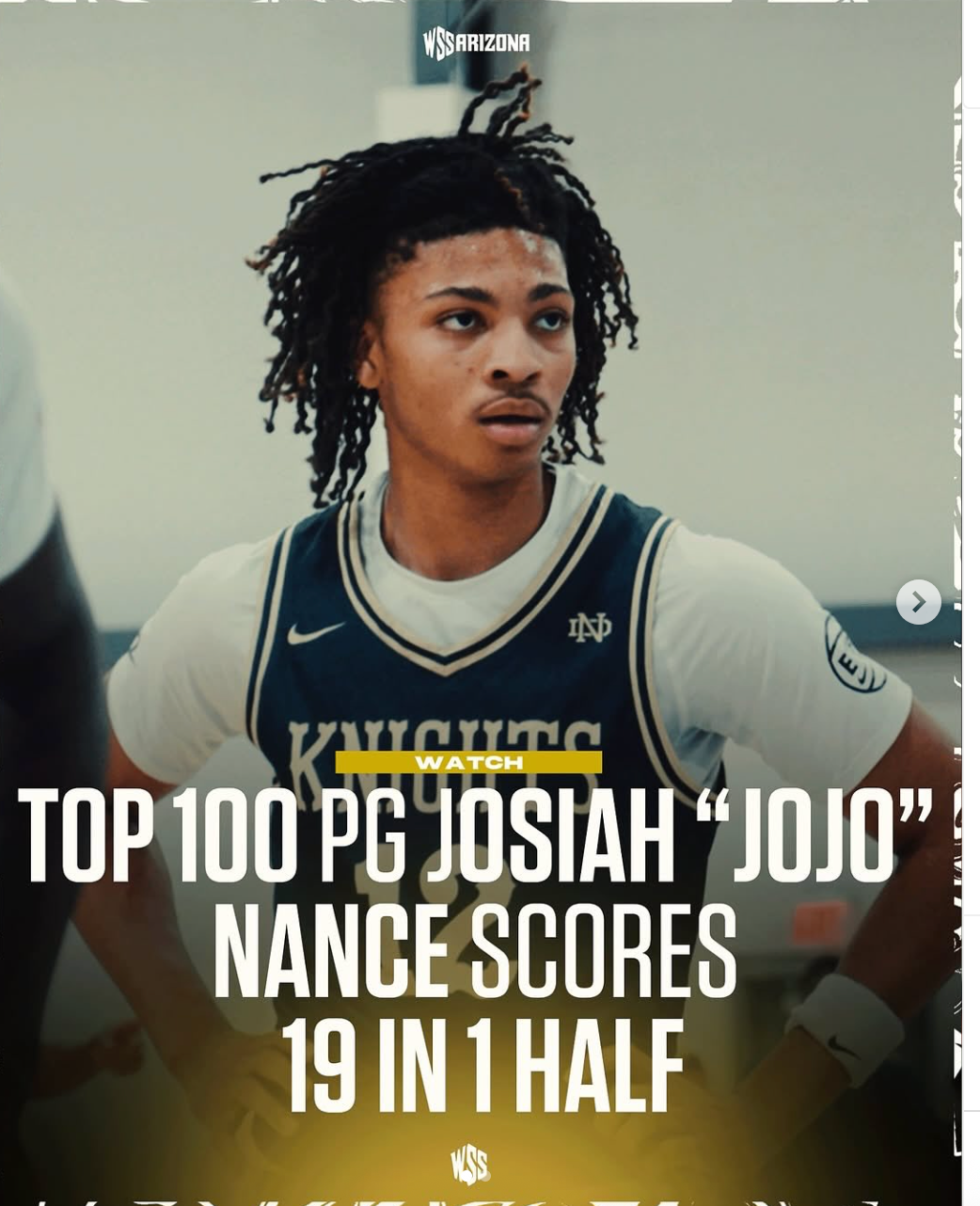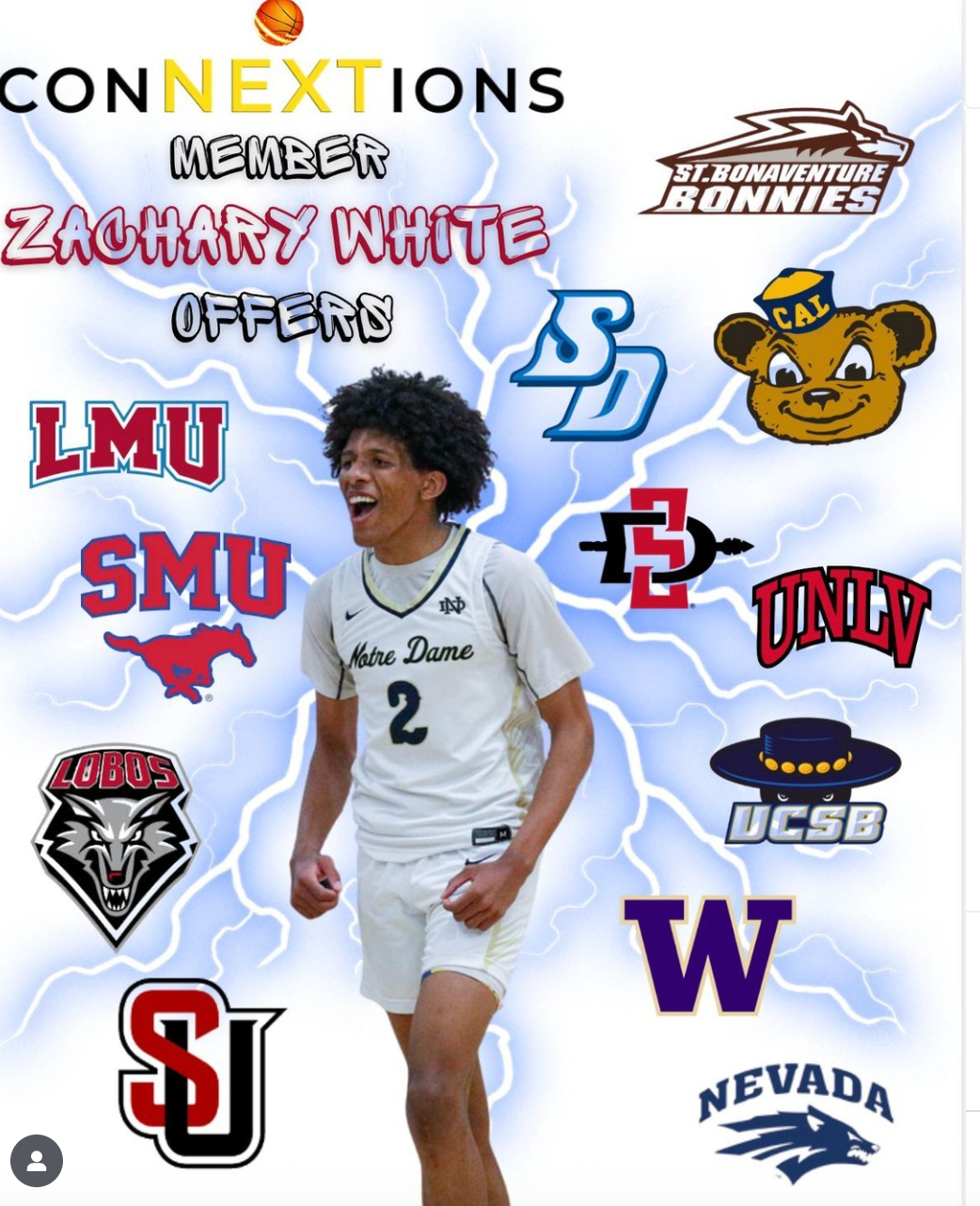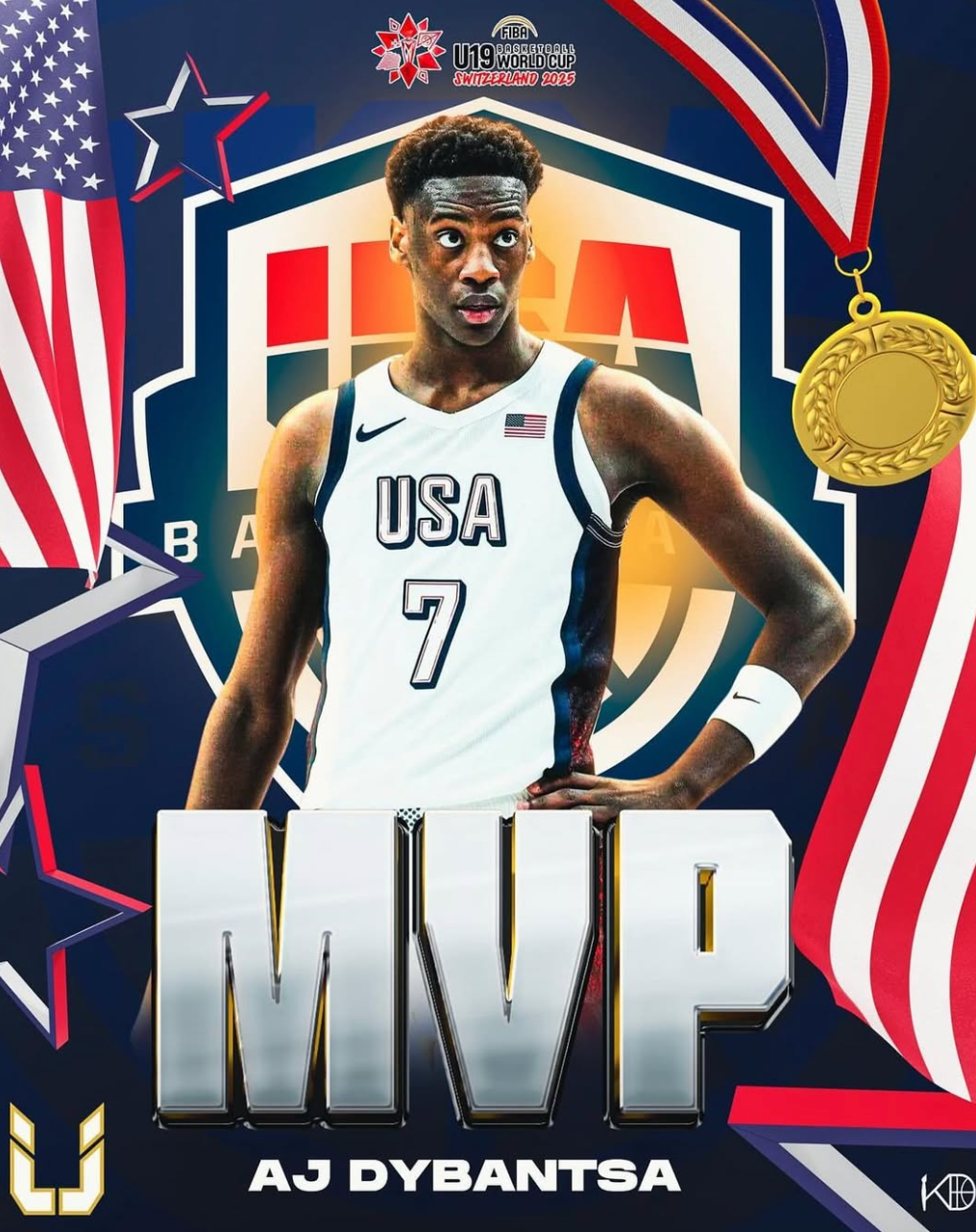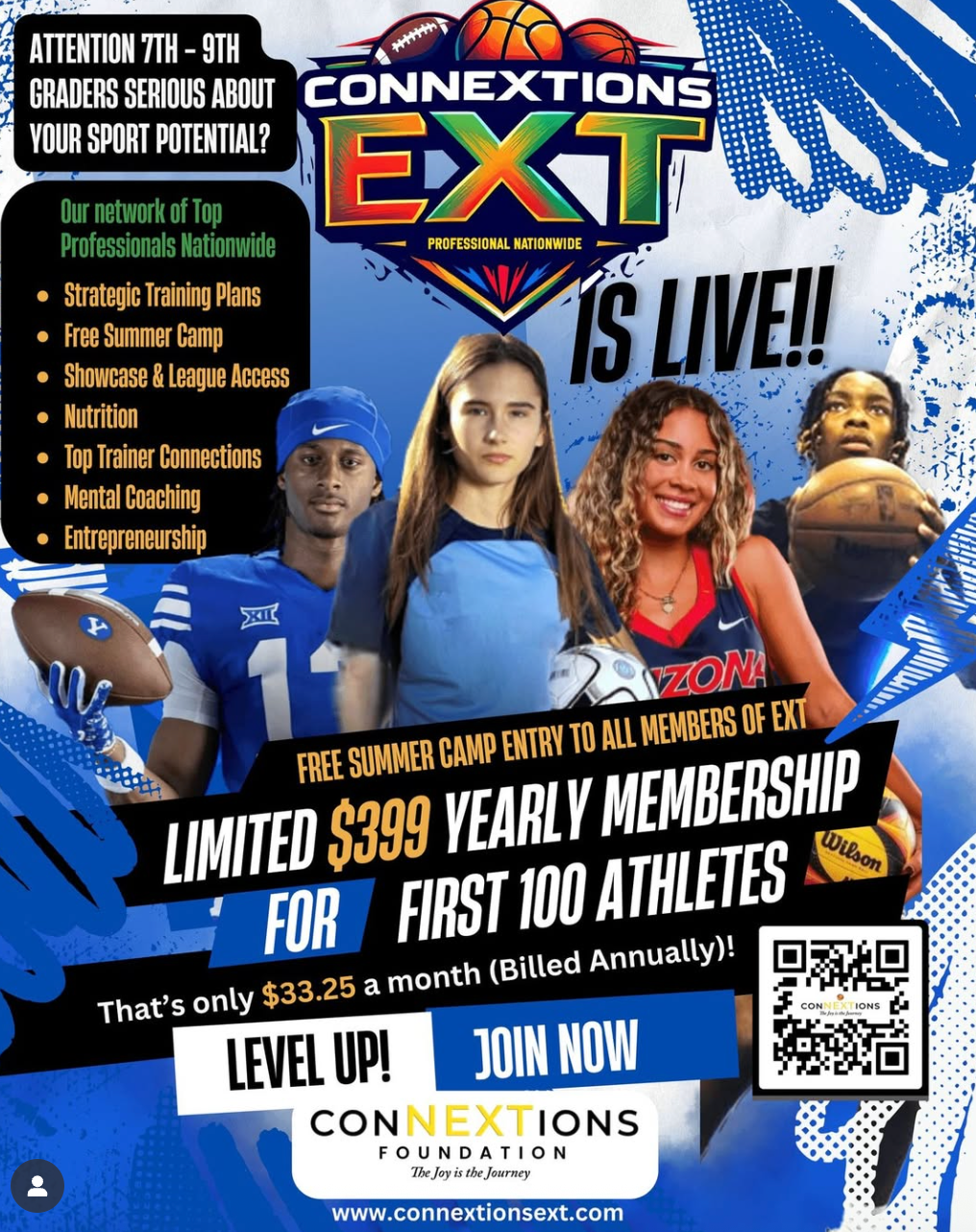College Athletes Enter a New NIL Era: August 2025 Updates
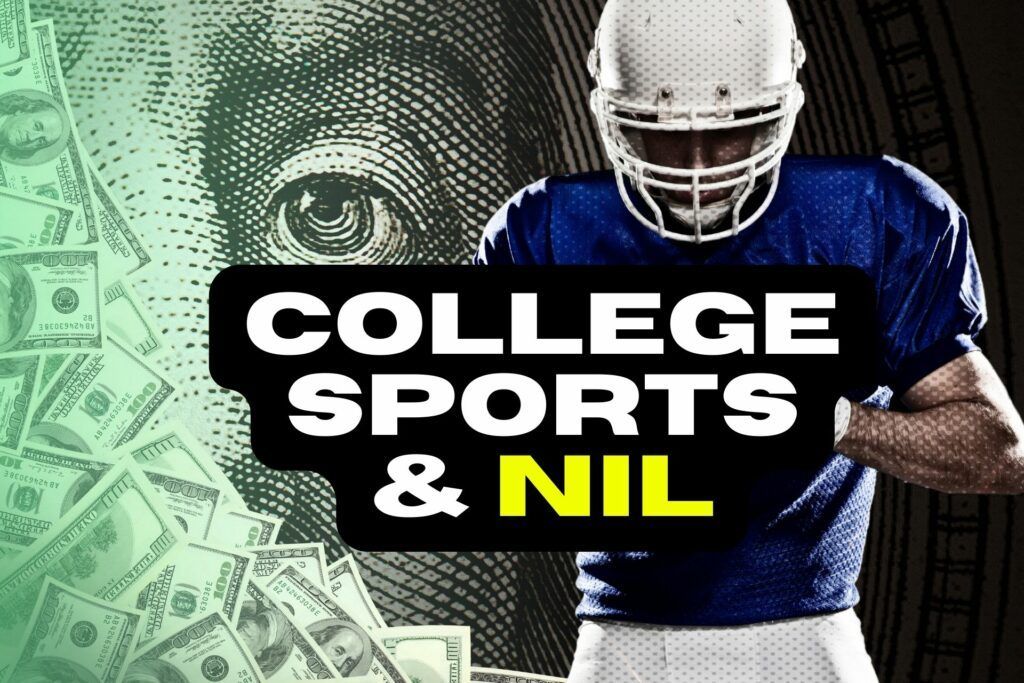
College sports are officially in uncharted waters. Just a few years ago, athletes fought for the right to profit from their name, image, and likeness (NIL). Now, in August 2025, they are seeing not only sponsorship checks but also direct payments from their schools—ushering in what many are calling the professionalization of college athletics.
A Landmark Settlement Comes to Life
The NCAA’s $2.8 billion settlement is finally reshaping the system. Starting July 1, Division I schools can share up to $20.5 million annually with their athletes through revenue-sharing pools, expanded scholarships, and education-related benefits. For current athletes, this means steady income on top of outside NIL deals. For former athletes (2016–2024), backpay is promised but tied up in appeals that may last until 2026.
Smaller Schools Jumping In
It’s not just powerhouse programs reaping the benefits. Morgan State, an HBCU, announced it will participate in revenue-sharing, planning to distribute about $2.3 million annually to its athletes. Over 310 schools across Division I have opted in, including 21 HBCUs. This signals a broad commitment to adapting—even when resources are limited.
Schools Getting Creative
The University of Texas at San Antonio (UTSA) is rethinking how it approaches NIL and revenue sharing. Working with collectives like 210 Inspired and City Fans 210, the school is prioritizing flexible, in-house contracts and community-driven fundraising. The aim: generate roughly $450,000 annually to keep athletes supported while discouraging disruptive transfers.
New Federal Regulation on the Horizon
Meanwhile, Congress is advancing the SCORE Act (H.R. 4312), a federal proposal that would tighten oversight of NIL agreements, strengthen academic and health protections, and give the NCAA more regulatory power. Critics argue this could erode athlete rights just as progress is being made, but supporters see it as necessary structure for a rapidly evolving system.
NIL Beyond the Field
Schools and collectives are also building out long-term strategies:
- Georgia Athletics extended its partnership with Altius Sports Partners to guide commercial strategy.
- Michigan’s Champions Circle launched Champ Media, a content network designed to amplify athlete brands.
- Oregon State struck a multi-year partnership with Blueprint Sports to manage in-house NIL operations.
- Oklahoma is even extending NIL opportunities into high schools, preparing the next wave of athletes.
August 2025 proves this is no longer the “wild west” of NIL—it’s a structured, high-stakes system reshaping college athletics. With revenue-sharing, federal regulation, and new media strategies, athletes are finally being recognized as the economic drivers they’ve always been.
